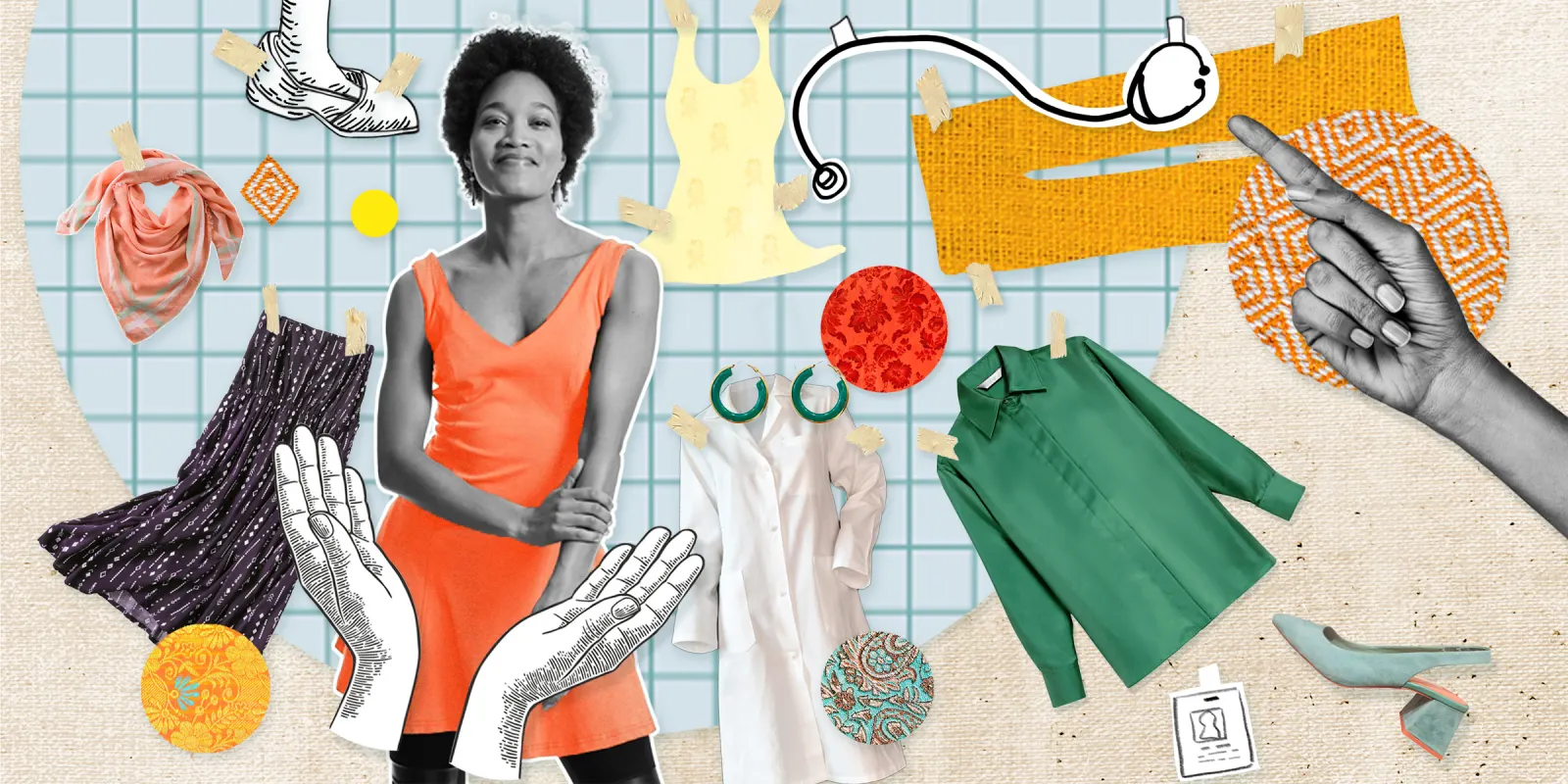As a young woman in medical school, I am often acutely aware of my gender: Am I talking too much or not enough? Should I be friendly or act professional? Did that request seem bossy? Am I being dramatic? Is this skirt too short?
Within the world of medicine, juggling gender norms can at times feel like the challenge round of an already demanding game. Women in medical careers are frequently confronted with the pressures to conform to traditional gender roles, yet at the same time we must meet the same expectations set for men in medicine: to be driven, passionate, and successful. Balancing the two sides of the gender spectrum is difficult, to say the least. It has been noted that, without adequate mentorship or support, female physicians facing these issues can suffer from higher rates of burnout and impostor syndrome.
At the Women in Medicine Summit (WIMS), a yearly conference dedicated to connecting and uplifting women in the medical field, one of the first things I noticed was how many people around me were wearing skirts. Often, when I am in STEM-related spaces, I am one of the only people in a skirt. To the untrained eye, this may seem like a simple fashion choice. Yet, in reality, the very essence of fashion choices for women in a professional setting hinges on years of denied rights, feminist theory, and uphill battles toward equality. There is no suit equivalent for women: a default, formal, one-size-fits-all outfit. There is the “women’s pantsuit” (a confident, decidedly masculine choice), the blouse/pants or sweater/pants combination (the all-year-round pick), a formal dress (the solidly feminine selection), and, of course, the “suit skirt.” Beyond the simple decision of an outfit there comes the question of the length, fit, and color, which are not mere aesthetic choices, but a delicate balance of expected style and acceptable formality.
For women in medicine, this is a decision we are faced with before any gathering, with all the nuances it may entail. As a female medical student, I have often stared into my closet before an important event, silently debating how much of a woman I want to be that day. These concerns are not without warrant: As recently as 2020, a reputed medical publication, the Journal of Vascular Surgery, published a now-redacted paper entitled “Prevalence of unprofessional social media content among young vascular surgeons,” which targeted mainly female physicians for dressing “unprofessionally” in their personal lives. The medical community, understandably, responded with significant backlash, with many physicians lamenting the fact that this is not an uncommon opinion to hear. At the core of the inherently human drive for self-expression, our outfits are one of the most public components, and navigating them as a woman in medicine undeniably poses unique challenges.
Acting as a student ambassador at WIMS, it was the first time I was surrounded by brilliant, professional women dressed in proudly feminine clothes. Crisply tailored suit skirts, bright pink tops, and patterned dresses swirled around me. Women with the perfect red lip delivered show-stopping lectures. Heels clicked throughout the halls as powerful physicians hurried from event to event. There was no apology for the length of a skirt or the color of a dress. And during the whole weekend, calls of “I love your outfit!” echoed throughout the summit. As a second-year medical student, WIMS was not only an amazing opportunity to connect with women from across the U.S., but it was also the first time I was surrounded by something I had been lacking: a community. Suddenly, I did not have to question whether my skirt was too short, or my shirt was too bright: I could see all around me other professional women, dressed just like I was. For once, professionalism did not have to mean foregoing gender expression. By providing a space for women to come together and celebrate one another, WIMS created an opportunity for community. In doing so, it gave us the power to showcase the idea that womanhood may coexist with professionalism, and suggested that perhaps our perception of professional attire for women in medicine may be changing.
For this type of change to truly come about, spaces like WIMS are essential. No matter how much work is done for equity in medicine, until the opinions of those who are impacted can be heard, real change may not be possible. Consider how many female-oriented protocols and programs have in actuality been written by men – and the inclusion of implicit biases that have consequently resulted. Consider how many famous historic events and stories exist about women in medicine, which were not actually penned by a single female hand. So often, we don’t see the men behind portraits of women.
With events like WIMS, we can allow women to rewrite their own narrative. We may establish new standards, whether it be for professional dress, adequate financial compensation, or maternity leave. Though it may seem small, using community to empower women in medicine to wear a pink skirt or a red lipstick is not a simple fashion choice. It is an act of breaking biased gender norms that perpetuate inequality, and in doing so may move the field to a more equal place. When we are the ones holding the discussion, such as at events like WIMS, we may therefore grow minority communities in medicine from the inside out. In doing so, we can improve the overall health of our clinicians, and consequently, that of our patients.
Nicki Nikkhoy is a second-year medical student at the University of Vermont, passionate about advocating for gender equity in medicine. As the UVM chapter leader for the American Medical Women's Association (AMWA), Nicki is committed to furthering inclusive health care practices through her research and activism.
Collage by Jennifer Bogartz







